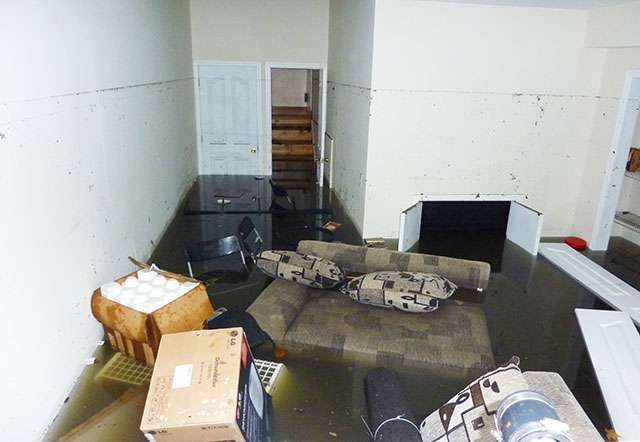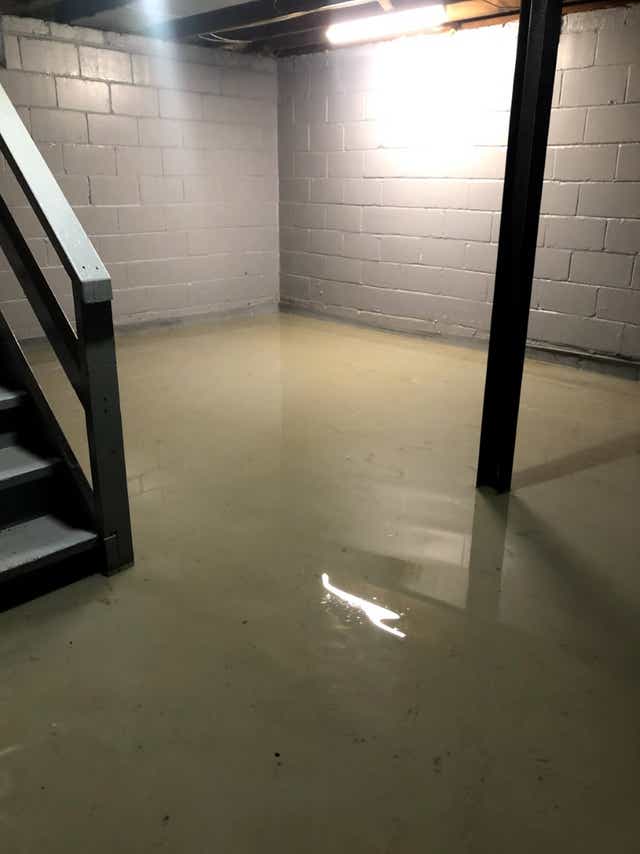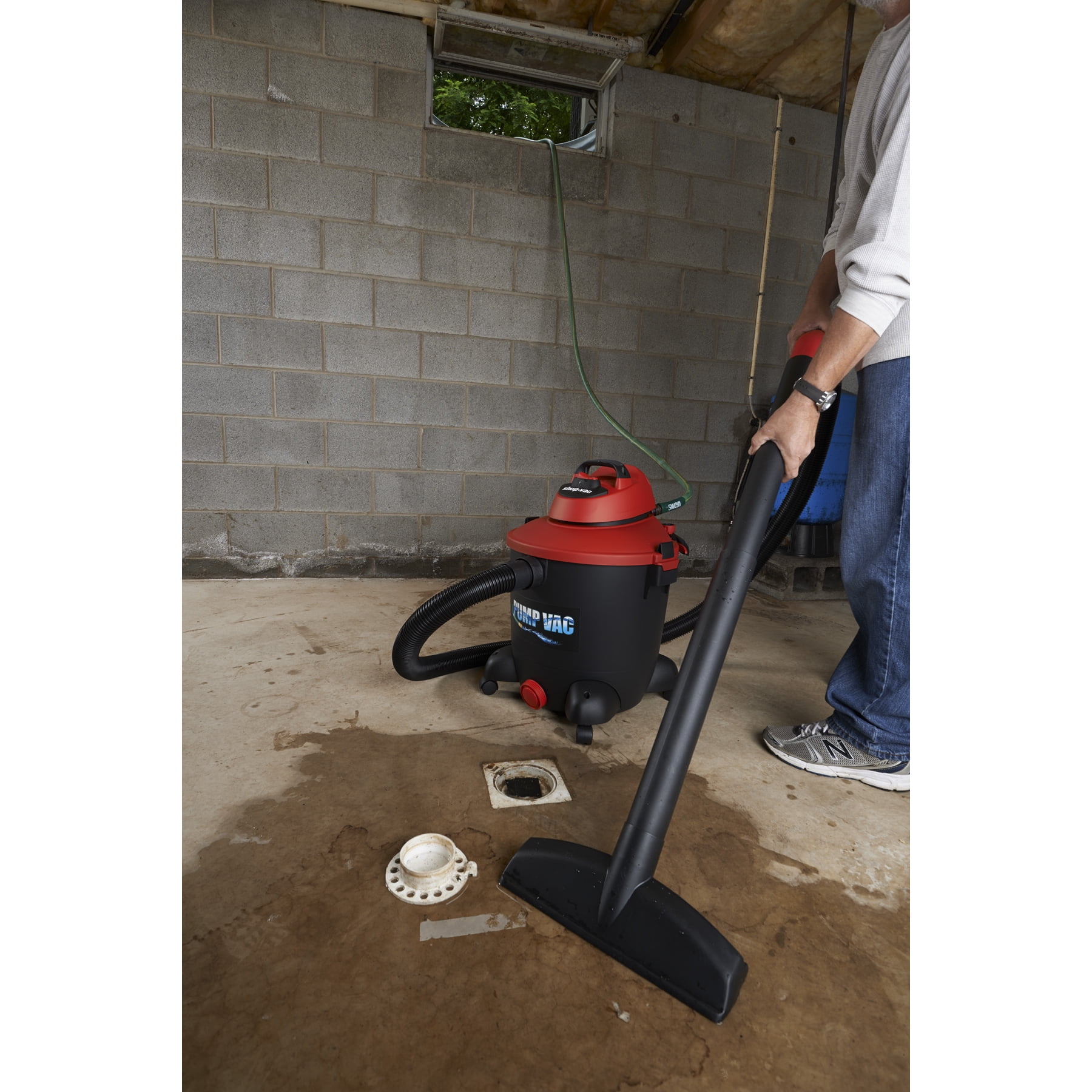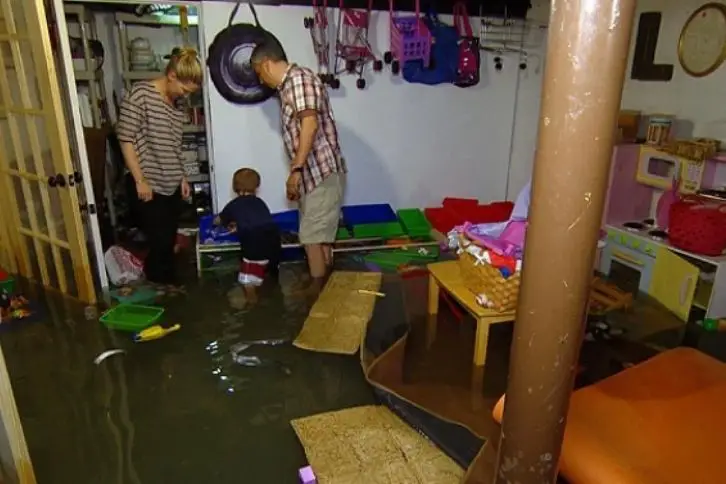Basement flooding can take place so long you have a basement. It is an awful experience that no one should have to deal with. However, they are prone to becoming flooded since basements are the lowest level of the house, or sometimes underground.
You might think flooding gets only connected to excess rain or the high tides, but several things can cause it to flood with basements. Whether it’s summer, spring, or any other season, flooding can happen because of a broken pipe and water seepage even without rain. Floods destroy properties and homes in general and can sometimes be deadly.
Read in to find how to keep your home flood-proof and protected from basement flooding.
Why does the basement flood?
Most houses are built to fit a specific town or estate plan pattern. The contractors and other parties involved might forget to factor in flooding risks. Since the basement is below ground level, either fully or partially, you should take caution. Still, most people take lightly preparing for such mishaps. Below are explanations as to why your basement became an unwanted pool area.
-
Level of groundwater
Under normal conditions, groundwater should be under the earth’s surface. This might not be the case in some locality, as groundwater constantly seeps to the surface. It is one of the most common flooding causes since the water is never dried completely. Your basement floods whenever something else, like a minor leak, triggers it. For this reason, you must always ensure the groundwater level stays below the basement floor.
-
Gravity
Gravity is the force of attractiveness of all masses, and it pulls water from a high to a low path. When water surrounding your basement is above the base floor, gravity will move the water inside your basement. So, when there is a crack in walls, especially in the foundation, it presents the best pathway for water to flow into your home.
Furthermore, gravity can redirect the course of your sanitary sewer, which is supposed to carry water away from your home and starts bringing in the water. When the sanitary sewer lateral is higher than the basement floor, it will flood your basement instead.
-
Sewers
Every house has a built-in sewer, either sanitary or storm, and sometimes both are combined to form one tailor. They serve to channel the flow of water waste away from home into the general sewers. It is built underground to stay below the ground level so that the water level can stay. When the water level becomes above the basement floor, you can expect it to flood.
Read related articles for your home:
–The 19 Best Essential Oil Diffusers to Make Your Home More Aromatherapeutic
–Best crystals for protection and How To Use Crystals For Protection
–Benefits of cold and steam showers

Causes of basement flooding according to seasons
While most basement flooding gets caused by poor property maintenance, it can also be associated with the season. Some types of flooding are peculiar in different seasons and times of the year.
Basement flooding in wet or rainy weather
Flooding and rains are somewhat synonymous since it is more prevalent at such times. If you have faulty drains and sewer systems, it only worsens. Here are some reasons why your basement floods when it rains.
1. Overland water inflow
Pools of water form when it rains or snow melts quickly. This accumulated water on the surface of your surroundings can flow into your home. When you do not practice proper grading or downspouts, it can allow surface water to flow into your home.
On the other hand, snow can also freeze up the drains, blocking them and preventing water from flowing through the right channel. It causes an influx of water into the basement and the entire house.
2. Water seepage
Water in a liquid form develops several flow pathways when its left channeled improperly. So, when it rains, and you fail your drainage system, holes and cracks in your foundation become a flow channel for water. The bigger the holes, the faster water fills your basement before turning into full-blown flooding. These cracks in the foundation wall can exacerbate basement flooding issues, especially during rainy seasons when the water pressure against the foundation is at its highest. It’s crucial to address any foundation wall cracks promptly to prevent water intrusion and potential damage to your property. Additionally, understanding the Foundation Wall Crack and its role in basement flooding can help homeowners take appropriate measures to mitigate flooding risks throughout the year.
3. Full sewers
Rain can cause water to overload and block your sewer. When the influx of water exceeds the tank, it has no other choice than to flood its surroundings. The technical term for describing full sewers is “surcharged condition.” So, whenever the water levels rise above the tops of the pipes, it will most likely cause your wastewater to flow back into your home.
4. Restriction of water flow
Drainages are put in place to channel the flow of water. If for any reason, they become blocked, it can cause basement flooding. A restricted flow can occur based on different factors, but all fall under a failed foundation drainage system called weeping tiles. In addition to this, heavy rainfalls and tides can cause water to overrun your surroundings. When the drains are blocked, flooding becomes inevitable.

Basement flooding in dry weather
If there hasn’t been any rain lately, it doesn’t guarantee your basement won’t flood. Sure, rains cause flooding, but several structural defects in dry seasons make your home vulnerable to floods. Below are some signs of flooding to watch out for.
1. Blockage in the sanitary sewer lateral
As time goes by, the sewer line will degenerate either independently or to external factors. This degradation causes the lateral sewer to collapse, and it attracts debris that further blocks the pipe. When there is a blockage, it causes sewage backup causes wastewater to flood your home.
On the other hand, flushing inappropriate items down your toilets and drains can block the sewer. The only things you should flush down your toilet are toilet paper and body waste. You should never flush down hairs, sanitary pads, and other plastic waste items in your drains, or you might be dealing with a basement flooding in weeks.
2. Failure of the foundation drainage
Foundation drainage is put in place to keep the water level below the basement line. This becomes done with either a sump pump or gravitational force, which effectively maintains water levels in your locality. When this system gets built at a line lower than groundwater level, you become prone to flooding.
However, the foundation drainage will naturally struggle to drain the water out in areas with a high water level. So, a sump pump should get placed inside a home built to accommodate it in the foundation. In some cases, both the suction pumps and drainage system can become blocked by sediments; this cuts off drainage, which leads to your basement flooding.
3. Break of a water supply line
Every standard home must have pipes and water lines all over to ensure a running water supply. However, an external factor might age out and degenerate or get punctured. When this happens, it will not only affect your water supply but will also cause flooding. Pipes are usually built in the walls or underground when the water has nowhere else to go; it floods the basement.
How to prevent basement flooding from destroying your home
Proper building structures and regular maintenance of your property can prevent your basement from flooding. Here are some key areas to pay extra attention to.
- To stop water from seeping into your basement and causing flooding, you need to fix the cracks. You can use quick-dry cement to patch cracks and holes around your foundation line. Add waterproof or plastic bags to seal the cracks completely.
- Take time to inspect your lateral line; when you notice leaves or other items blocking it, ensure you clean it. If there is a crack, call a plumber to fix it; sometimes, you might need to replace the entire line. Only periodic checks and maintenance can save you from sewage backup flooding.
- If you notice your home surrounding lacks a proper grading system, you should rectify it. You can contact a professional landscaper to fix this issue. Or you can use the weekend to DIY the grading; all you need is a shovel. Use the shovel to gather soil and level until you get an excellent grading slope. Throw in some flowers to make it visually pleasing but ensure they do not restrict water flow.
- Carry out periodic checks on your sewers and drainage system to ensure they don’t become overfull. If you notice the water level rising to the top of your sewers, you should contact a certified plumber to fix it.
- Investing in a sump pump saves you from foundation drainage failure. It helps to pump water through a directed channel. You must only pump the water into your sanitary sewage or storm sewage. It has become illegal to pump your wastewater into the public sewage collection.
- Check for leaking pipes around your home monthly. Also, you change out aged lines when you spot one. It will save you the trouble of dealing with water pools in your basement.

What to do when your basement floods
Sometimes good drainage and preventive measures might not save you from flooding. Natural disasters and extreme weather conditions can cause water to overrun your home. Several flood sensors are available online, and you can install them in your home if you live in flood-prone zones. Depending on the nature of the damage, you can seek professional clean-up services. If it is manageable, you can try the following things to keep your home safe.
When flooding happens, the first thing you should do is to stay off the floor and turn off electrical appliances to prevent possible electric shock. When it is safe to return, dry out your home quickly with a Shop-vac 5-Gaallonwet/dry vacuum with a built-in pump. Investing in a humidifier also helps to remove moisture from surfaces. We recommend the Waykar 2000 Sq. Ft Dehumidifier for Home and Basement also helps reduce mold formation.
You may also like to read our latest articles:
–How To Get A Snatched Waist Come Summer 2022 With Waist Workouts
–17 Ways To Get Rid Of Bags Under The Eyes
–Abs Diet: What Diet Will Give Me Abs






















About Me
Fashion & Beauty Enthusiast
Hi, I'm Fanti. I'm a fashion, beauty, and lifestyle enthusiast, and the ultimate curves queen. Here, I share beauty, fashion, and lifestyle tips to teach, inspire, and give confidence to all women.